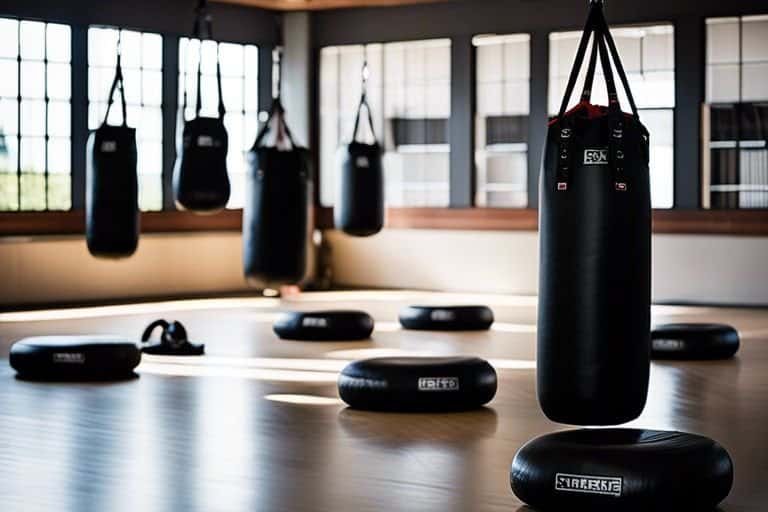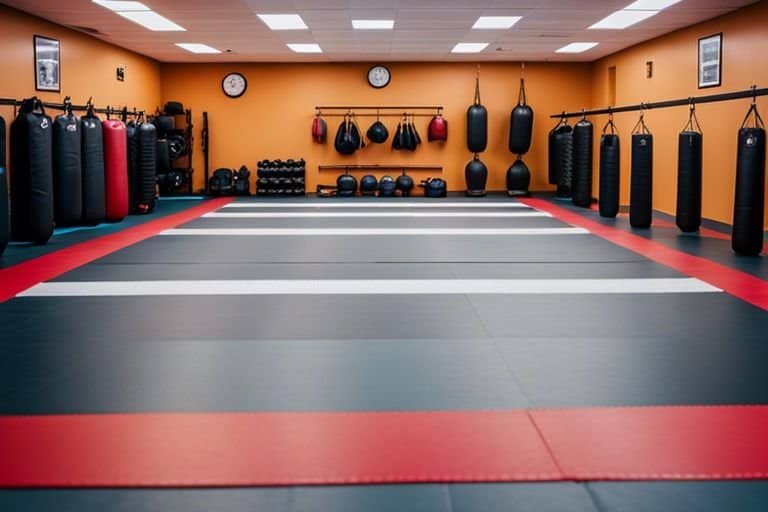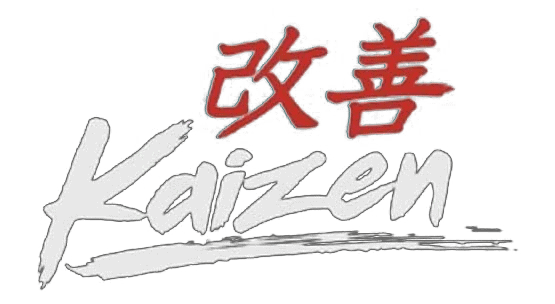Irrespective of the martial art form you practice, having the right equipment is vital for your safety, performance, and progress. Proper protective gear such as headgear, mouthguards, and hand wraps are crucial to prevent serious injuries during sparring or competitions. Additionally, high-quality training gear including gloves, pads, and bags are indispensable for honing your techniques and improving your strength and endurance. A well-fitted uniform not only fosters a sense of discipline and respect but also allows for unrestricted movement during training. It is imperative to invest in reliable training equipment that can withstand intense use and provide the necessary support for your practice. Remember, your safety and progression in martial arts greatly depend on the quality and suitability of your equipment.
Key Takeaways:
- Protective Gear: Essential equipment such as mouthguards, headgear, groin guards, and hand wraps are crucial for safety during martial arts training.
- Training Uniform: A comfortable and durable uniform, such as a gi for traditional martial arts or shorts and a rash guard for MMA, is essential for mobility and practicality.
- Training Aids: Equipment such as focus mitts, kicking shields, and heavy bags are vital for developing striking techniques and overall physical conditioning in martial arts training.

Training Gear Essentials
Uniforms: Gi, Dobok, and Others
When it comes to martial arts training, the right uniform can make all the difference. The traditional Japanese martial arts uniform, known as a gi, is typically made from heavy-duty cotton to withstand the rigours of training. This uniform comprises a jacket, trousers, and a belt (or obi) to denote rank. On the other hand, Taekwondo practitioners wear a lighter and more streamlined uniform called a dobok, which allows for swift and agile movements. Other martial arts may have their own specific uniform requirements, so it’s crucial to invest in the appropriate attire for your chosen discipline.
Wearing a proper uniform not only shows respect for the art and its traditions, but also allows for comfortable and unrestricted movement during training sessions. The right fit and material can impact your performance and overall experience, so it’s essential to choose a uniform that is durable, breathable, and enables you to move freely.
Protective Gear: Headgear, Gloves, and Shin Guards
In any martial art, safety should be a top priority, and that’s where protective gear comes into play. Headgear, gloves, and shin guards are fundamental for minimising the risk of injury during sparring or contact drills. Headgear is crucial for protecting against head injuries, especially during striking-based martial arts such as boxing or Muay Thai. Gloves provide hand and wrist support while cushioning the impact of punches, and shin guards offer essential protection for the lower legs during kicks.
When it comes to choosing protective gear, quality is non-negotiable. Investing in well-constructed, high-quality protective gear can make the difference between walking away unscathed and sustaining avoidable injuries. Look for gear that offers adequate padding, a secure fit, and meets the safety standards set by your martial arts discipline or training facility.
Striking Equipment
When it comes to martial arts training, having the right striking equipment is essential for improving technique and developing power. From The Most Important Martial Arts Equipment to specialised gear, having the right tools can make all the difference in a practitioner’s progress.
Punching Bags: Types and Uses
One of the most essential pieces of equipment in any martial arts gym is the punching bag. There are several types of punching bags that serve different purposes, including heavy bags, speed bags, and double-end bags. Heavy bags are typically used for developing power and strength, while speed bags are great for improving hand-eye coordination and timing. Double-end bags help with accuracy and precision. It’s important to utilise the right type of bag to enhance specific aspects of your striking game. After selecting the appropriate bag, it’s crucial to focus on proper technique and form to maximise training benefits, regardless of whether you’re practising punches, kicks, or other striking techniques.
| Type of Punching Bag | Primary Use |
|---|---|
| Heavy Bag | Developing power and strength |
| Speed Bag | Improving hand-eye coordination and timing |
| Double-End Bag | Enhancing accuracy and precision |
| Aqua Training Bag | Reducing impact on joints |
| Maize Bag | Improving head movement and upper body mobility |
Focus Mitts and Thai Pads
Aside from punching bags, focus mitts and Thai pads are vital for working on technique and precision with a partner. Focus mitts are handheld targets that allow a training partner to simulate various strikes, including punches and elbows. Thai pads are larger, and used for practising kicks, knees, and clinch work. Utilising these pieces of equipment can help improve speed, accuracy, and timing while also incorporating movement and defensive techniques.
When training with focus mitts and Thai pads, it’s important to communicate effectively with your partner and to focus on proper technique to prevent injury and ensure the most effective training session. Incorporating these pieces of equipment also adds an element of real-world application, allowing practitioners to drill techniques as they would be utilised in a live sparring situation.
Training Weapons
When it comes to martial arts training, having the right equipment is essential to ensure both safety and effectiveness. Training weapons play a crucial role in many martial arts disciplines, helping practitioners to develop their skills, techniques, and reflexes. In this chapter, we will explore the different types of training weapons that are essential for martial arts training.
Practice Swords and Staffs for Traditional Martial Arts
Practice swords and staffs are indispensable training tools for traditional martial arts such as Kendo, Kenjutsu, and Kung Fu. These wooden or bamboo weapons allow practitioners to perform simulated combat sequences and forms, improving their handling, footwork, and precision. Using practice swords and staffs enables martial artists to develop muscle memory and strength while honing their traditional techniques.
Foam and Rubber Weapons for Safe Sparring
For safe and controlled sparring sessions, foam and rubber weapons are essential training aids. These soft and flexible alternatives to traditional weapons allow martial artists to engage in full-contact sparring without the risk of serious injury. Foam and rubber weapons come in various forms, including swords, staves, and even nunchaku, providing practitioners with the opportunity to test their skills in a safe and controlled environment.
It is important to note that while foam and rubber weapons are designed for safe sparring, practitioners should still exercise caution and wear appropriate protective gear, such as helmets and padded clothing, to minimise the risk of accidental injury during training.

Supplementary Training Tools
Strength and Conditioning Equipment
When it comes to martial arts training, strength and conditioning equipment can play a crucial role in enhancing performance and reducing the risk of injury. Items such as free weights, resistance bands, and kettlebells are essential for developing the strength and power needed for martial arts techniques. Incorporating exercises such as squats, deadlifts, and overhead presses with these tools can help martial artists build a solid foundation of strength.
Additionally, conditioning equipment such as battle ropes, agility ladders, and plyometric boxes are valuable for improving cardiovascular fitness, agility, and explosiveness. Including high-intensity interval training (HIIT) using these tools can significantly elevate an individual’s conditioning levels, which is vital for sustaining energy during sparring sessions and competitions.
Flexibility and Mobility Aids
Flexibility and mobility are essential components of martial arts, and therefore, flexibility and mobility aids are indispensable for every practitioner. Foam rollers, massage balls, and resistance bands are valuable tools for enhancing flexibility, relieving muscle tightness, and improving range of motion. Regular use of these aids can help prevent injuries and accelerate recovery after intense training sessions.
Moreover, incorporating yoga straps, stretching machines, and mobility tools such as lacrosse balls and mobility bands can further enhance joint mobility and overall flexibility. These aids are particularly beneficial for martial artists who engage in activities that require extensive kicking, striking, and grappling, as they help improve performance and reduce the risk of strains and sprains.
It’s important to note the significance of flexibility and mobility aids in preventing overuse injuries and promoting longevity in martial arts practice. By incorporating these tools into training routines, practitioners can experience improved overall performance and reduced likelihood of musculoskeletal issues.
What Equipment is Essential for Martial Arts Training?
When embarking on martial arts training, it is essential to have the right equipment to ensure safety, effectiveness, and progression in your practice. Key items include a good quality gi or uniform, protective gear such as gloves, shin guards, and headgear, as well as essential training aids like focus mitts, kicking shields, and a heavy bag. Additionally, it is important to have the appropriate footwear, such as martial arts shoes or barefoot training mats, to support your movements and prevent injuries. To enhance your martial arts training experience and performance, consider investing in equipment such as resistance bands, agility ladders, and balance boards to further develop strength, speed, and coordination. For more information on the best training equipment for martial arts, you can visit What is some of the best training equipment for martial arts?
FAQ
Q: What Equipment is Essential for Martial Arts Training?
A: Essential equipment for martial arts training includes a gi (uniform), hand wraps, gloves, mouthguard, and protective gear. Each discipline may have specific additional requirements such as shin guards or a headgear.
Q: Do I Need a Specialised Mat for Martial Arts Training?
A: Yes, a specialised martial arts mat is essential for training to provide cushioning and support during high-impact activities. It also offers a non-slip surface for safe and effective training.
Q: Is a Heavy Bag Necessary for Martial Arts Training?
A: Yes, a heavy bag is an essential piece of equipment for practising striking techniques and developing power, speed, and accuracy. It also helps improve endurance and strength.
Q: What Role Does Protective Gear Play in Martial Arts Training?
A: Protective gear, such as headguards, mouthguards, and shin guards, is crucial for preventing injuries during sparring and intense training sessions. It provides essential protection for both beginners and advanced practitioners.
Q: How Important is Proper Footwear in Martial Arts Training?
A: Proper footwear, such as martial arts training shoes or lightweight, flexible trainers, is important for providing stability, support, and traction during training. It also helps reduce the risk of foot injuries and provides a solid base for techniques.



